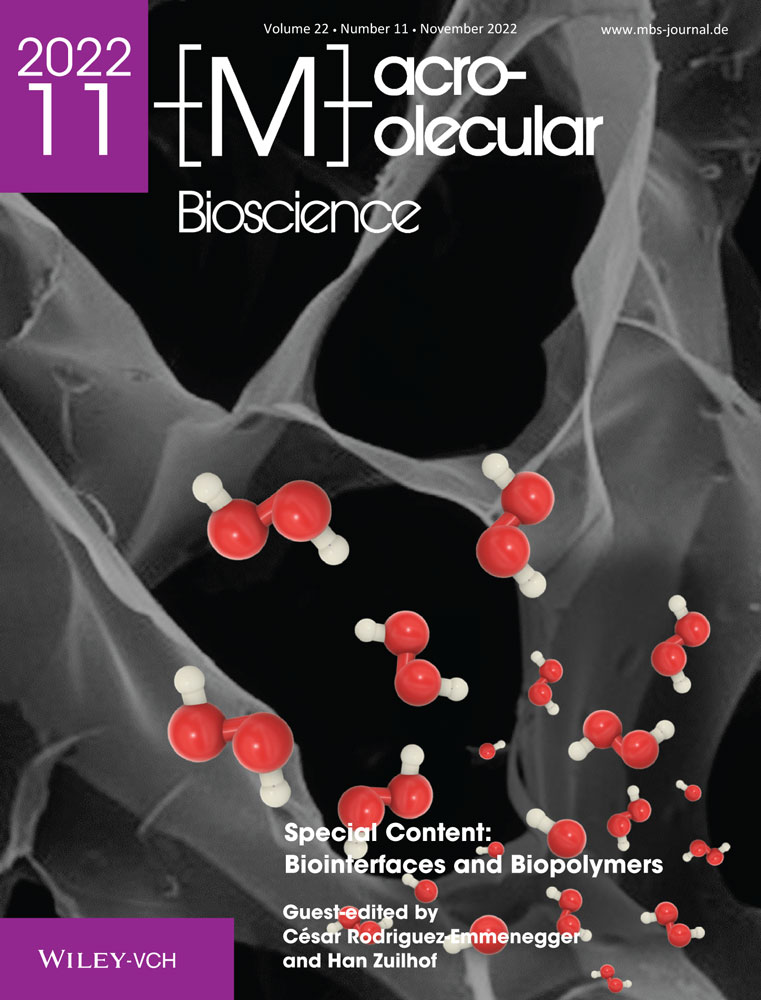Curcumin-Based Universal Grafting of Poly(OEGMA) Brushes and Their Antibacterial Applications
Abstract
Catechol and/or pyrogallol groups are recognized as crucial for the formation of polyphenol coatings on various substrates. Meanwhile, studies on polyphenolic molecules that do not contain such groups are relatively rare. The key molecule in turmeric-based universal (i.e., substrate-independent) coatings is curcumin, which contains no catechol or pyrogallol groups. As chemically reactive hydroxyl groups would remain after curcumin coating, it is hypothesized that curcumin coating can serve as a reactive layer for controlling interfacial properties. In this study, a curcumin-based surface modification method is developed to graft polymer brushes from various substrates, including titanium dioxide, gold, glass, stainless steel, and nylon. α-Bromoisobutyryl bromide, a polymerization initiator, is introduced to the curcumin-coated substrates via esterification; subsequently, poly(oligo(ethylene glycol) methacrylate) (poly(OEGMA)) is grafted from the surfaces. Compared to the control surfaces, poly(OEGMA)-grafted surfaces significantly suppress bacterial adhesion by up to 99.4%, demonstrating their antibacterial properties. Considering its facile and versatile surface modification, curcumin-based polymer grafting can be an efficient method for controlling the chemical/physical properties of surfaces in a substrate-independent manner.
Conflict of Interest
The authors declare no conflict of interest.
Open Research
Data Availability Statement
Research data are not shared.




